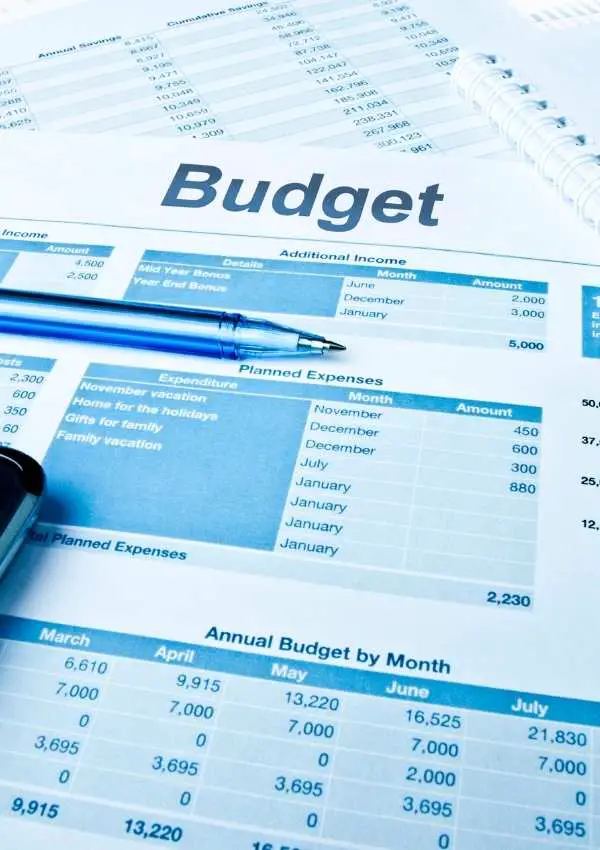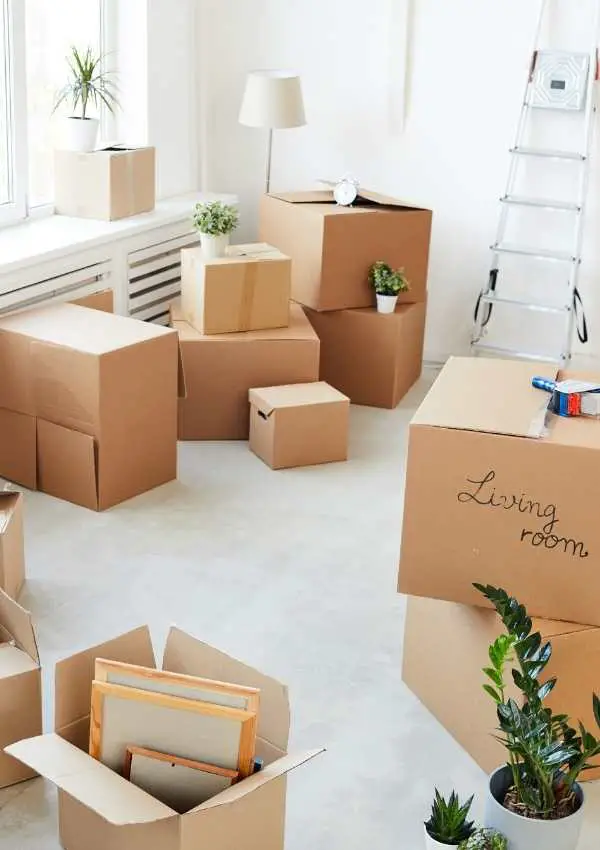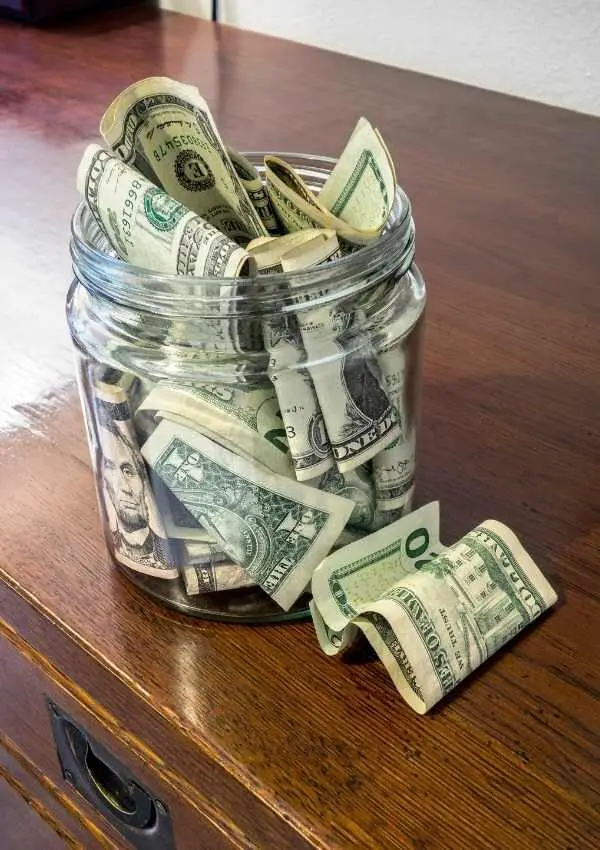We may earn money or products from the companies mentioned in this post.
When you’re young and just starting out in life, it can be easy to get caught up in the day-to-day struggles of adulting. Sure, you’ve got a job and your own place, but that doesn’t mean you have your financial future all figured out. In fact, many millennials find that their 20s are a period of trial and error when it comes to managing their money . . . And that’s okay!

Why You Should Have An Emergency Fund
Having a reserve fund to get you through unexpected expenses is a big part of financial security. Having a rainy day fund will protect you from having to take out a loan in an emergency, and will help you avoid getting into debt. With a proper emergency fund, you’ll be less likely to miss payments on your bills, and could even help prevent getting fired from your job.
You’ll also have greater peace of mind knowing that you have the funds you need if anything unexpected comes up, like car repairs, medical bills, or a sudden job loss. Having an emergency fund can help prevent you from taking on debt or taking out a high-interest loan.
How to Build an Emergency Fund
Building up a solid emergency fund is one of the best things you can do to protect yourself from financial hardship. But how do you actually go about doing it?
Building an emergency fund is a great way to start saving for the future and protect yourself against financial emergencies. If you don’t have an emergency fund, you’re really just pretending like you do.
As you start to build your emergency fund, try to think of it as a regular bill that you need to pay each month. That way, you’ll be more likely to stick with it and not let it fall to the wayside.
Which type of account should you use to build your emergency fund? While a savings account is generally the best place to start building your emergency fund, it might not be the best option for the long term.
Savings accounts generally earn very low interest rates, and keeping your emergency fund in a savings account could mean missing out on the compound interest that could add up over time. That’s why many experts recommend that you put your emergency fund in an interest-bearing account, such as a money market account or even a CD.
The Importance of Having a 3-6 Month Emergency Fund
Building an emergency fund is important, but exactly how much money should you be setting aside? That depends on a few factors. First and foremost, how much do you earn? Earning a higher salary certainly makes it easier to save for an emergency fund. If you are the sole breadwinner in your family, or you have significant student loan debt, you might want to save a little more.
Experts recommend having at least three months’ worth of expenses saved up in your emergency fund. That way, if you ever have a financial emergency, you’ll have enough money to get through it without having to take out a high-interest loan.
That’s why it’s important to think long-term when building your emergency fund. Try to put as much money as you can into it each month, and it will grow over time.
An emergency fund isn’t just for covering unexpected costs, like a sudden car repair or a trip to the ER. It’s also for covering costs that you’d normally pay for, but might have to put off because you don’t have the money at the time.
How to Build Your Own 3-6 Month Emergency Fund
Building your own emergency fund is all about saving money, and the sooner you start, the better. Ideally, you should start saving for an emergency fund as soon as you start earning a steady income, even if it’s just a little bit at a time.
That said, there are a few different ways to go about building your own emergency fund. You can open a savings account and put a small amount of money into it every month.
You might also consider opening a 401(k) or other retirement plan at work. If you’re self-employed, you might consider opening a SEP-IRA or solo 401(k). Once you have a healthy amount saved up in your emergency fund, it’s important to keep it there. That means resisting the urge to spend the money on things you don’t really need.
Try to build your emergency fund by setting up automatic transfers from your paycheck or checking account. This will help you avoid the temptation to spend your savings, and it will make saving money easier.
Strategies for Building Your Own Emergency Fund
Once you’ve got your emergency fund built, it’s important to keep it growing. Here are a few strategies for building your emergency fund even further.
- Make an Effort to Increase Your Income – One of the best ways to build your emergency fund faster is to make more money. Consider getting a second job, especially if you can do it on evenings or weekends when you won’t be missing out on much in the way of work-life balance.
- Automate Your Savings – One of the easiest ways to build your emergency fund is to automate it. Open an account at your bank that is linked to your checking account and set it up to make regular transfers to your savings account.
- Set a Goal and Be Realistic About How You’ll Get There – You can’t just throw a little money into an account and expect to have an emergency fund in a few months. You have to plan ahead, and understand that it’s going to take time. Make an effort to save a little more every month, and you’ll get there.
Wrapping Up
Building an emergency fund is one of the best things you can do to protect yourself from financial hardship. It’s also one of the easiest ways to protect yourself from financial hardship. Start by setting aside a small amount of money each month. Before you know it, you’ll have enough saved up to get you through any financial emergency.




Leave a Reply